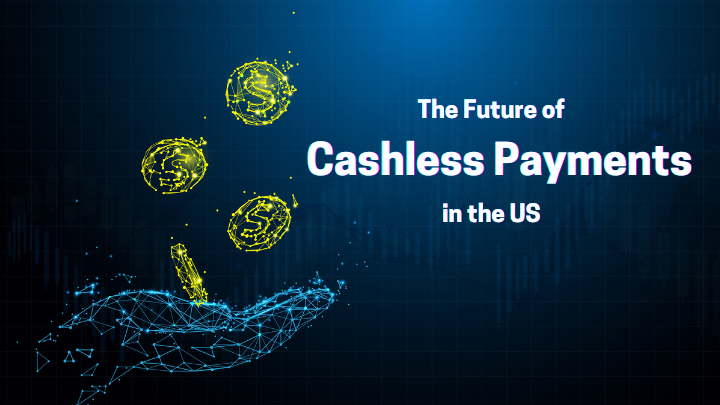
| February 9th, 2023 |
The Future of Cashless Payments in the US
The future of cashless payments in the United States is likely to be dominated by mobile and digital payment methods, such as contactless payments using smartphones and smartwatches, as well as online and mobile banking. These methods have become increasingly popular in recent years, due in part to the convenience they offer consumers and businesses.
One major driver of the shift towards cashless payments is the COVID-19 pandemic, which has accelerated the adoption of contactless payments as a way to reduce the transmission of the virus. Many businesses have also started to accept digital payments in order to minimize the handling of cash and reduce the risk of infection.
In addition, technology companies and financial institutions are continually developing new and innovative ways to make digital payments more convenient and secure. For example, the use of biometric authentication methods, such as fingerprint and facial recognition, is becoming more common. This enhances the security of digital payments and makes them more user-friendly.
Here are some benefits of cashless payments:
- Increased convenience: Cashless payments, such as digital wallets and mobile payments, allow consumers to make transactions quickly and easily without the need to carry cash or cards.
- Reduced risk of fraud: Cashless payments can reduce the risk of fraud, as the transactions are recorded and tracked electronically, making it easier to detect and prevent fraudulent activity.
- Improved financial inclusion: Cashless payments can help to improve financial inclusion, as they provide a way for unbanked and underbanked individuals to access financial services.
- Better tracking and record-keeping: Cashless payments provide a digital trail of transactions, making it easier to track spending and manage finances.
- Cost savings: Cashless payments can also save money for businesses, as they reduce the need for handling cash and the associated costs of counting, storing, and transporting it.
- Environmental benefits: Cashless payments reduce the need for paper money, thus reducing the environmental impact of producing and disposing of physical currency.
- Increased efficiency: Cashless payments can also increase efficiency, as they eliminate the need for cash handling, counting, and reconciling, and can reduce the time spent on transactions.
- New business models and revenue streams: With cashless payments, new business models and revenue streams can emerge, such as micropayments and subscription-based services.
Despite the growth of cashless payments, it is unlikely that cash will completely disappear in the near future. In particular, cash is still likely to be used by certain segments of the population, such as the elderly and those who are unbanked or underbanked.
However, the trend toward cashless payments is likely to continue, and it is expected that digital payments will become the norm in the coming years. This will bring many benefits, including increased convenience and security, as well as the potential for new business models and revenue streams.
In conclusion, the future of cashless payments in the United States is bright and the shift toward digital payments is expected to continue. The benefits of contactless payments, such as increased security, convenience, and the ability to reduce the transmission of COVID-19 will drive more adoption and usage of digital payment methods. While cash will still be used by some, digital payments will become the new normal in the near future. The industry will continue to innovate and bring new features that will make digital payments more user-friendly and secure. The government and the banking sector will also play an important role in the growth of cashless payments by providing the necessary regulations and infrastructure to support the transition. Overall, the future of cashless payments in the United States is expected to be digital-first and convenient for all.